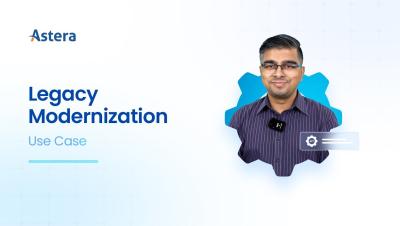On-Premise to Cloud Migration: Types, Benefits, Best Practices & More
Twelve years ago, a Wakefield Research survey revealed that 1 in 3 Americans thought cloud computing was somehow related to the weather. Fast forward to today, 67% of enterprise infrastructure in the US is cloud-based. Given that 92% of enterprises already have a multi-cloud strategy in place or in the works, it’s evident that embracing cloud migration is no longer just an option but a strategic necessity.


















